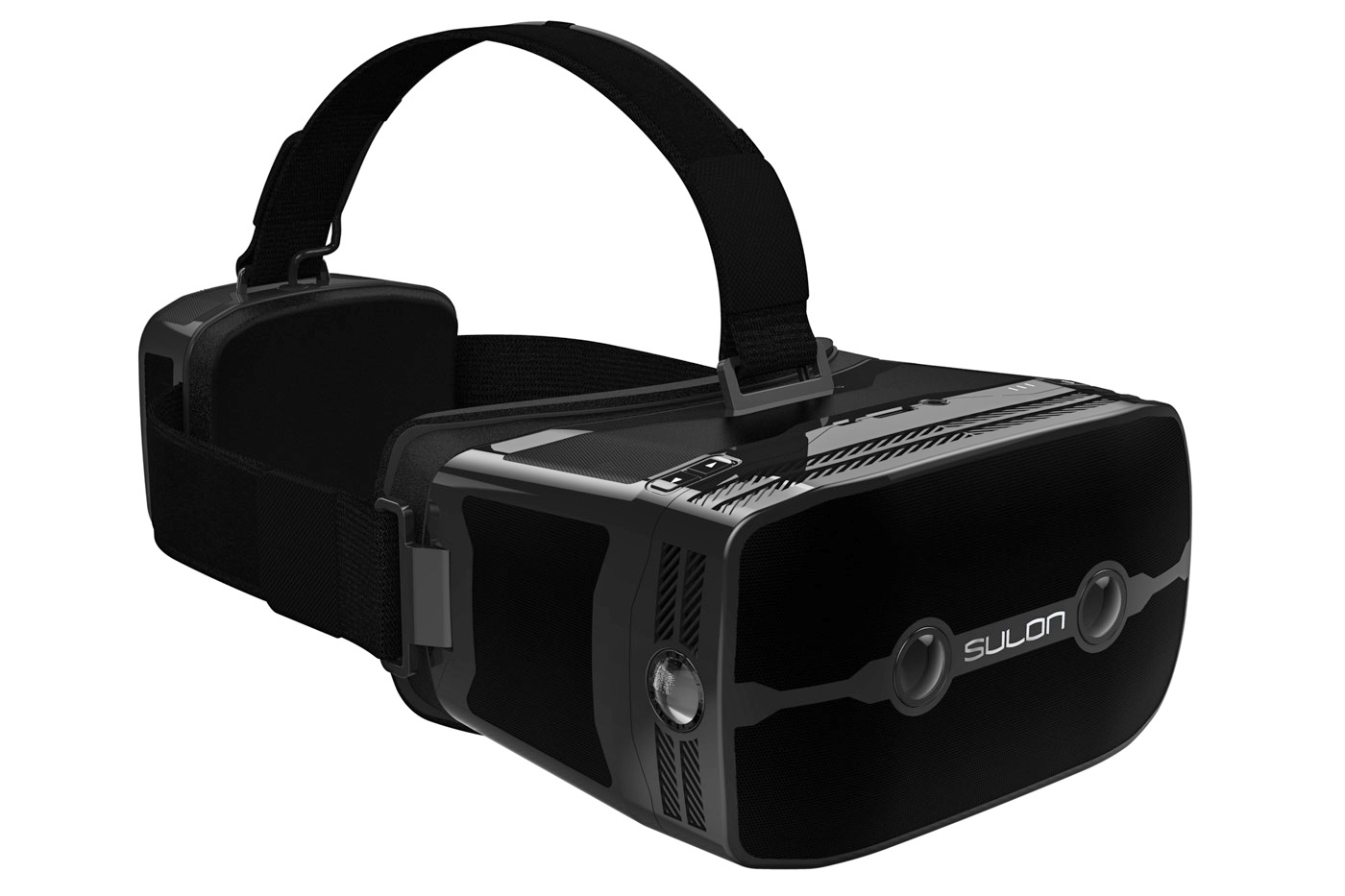Primed goes in-depth on the technobabble you hear on Engadget every day -- we dig deep into each topic's history and how it benefits our lives. You can follow the series here. Looking to suggest a piece of technology for us to break down? Drop us a line at primed *at* engadget *dawt* com.

As you're hopefully aware, this is a gadget blog. As a result, we're innately biased towards stuff that's new and preferably fandangled. More cores, more pixels, more lenses; just give it here and make us happy. The risk of this type of technological greed is that we don't make full use of what we already have, and nothing illustrates that better than the Graphics Processing Unit. Whether it sits in our desktops, laptops, tablets or phones, the GPU is cruelly limited by its history -- its long-established reputation as a dumb, muscular component that takes instructions from the main processor and translates them into pixels for us to gawp at.
But what if the GPUs in our devices had some buried genius -- abilities that, if only we could tap into them, would yield hyper-realistic experiences and better all-round performance from affordable hardware? Well, the thing is, this hidden potential actually exists. We've been covering it since at least 2008 and, even though it still hasn't generated enough fuss to become truly famous, the semiconductor industry is making more noise about it now than ever before.
So please, join us after the break as we endeavor to explain why the trend known as "GPU compute," aka "general purpose GPU (GPGPU)," or simply "not patronizing your graphics processor," is still exciting despite having let us down in the past. We'll try to show why it's worth learning a few related concepts and terms to help provide a glossary for future coverage; and why, on the whole, your graphics chip is less Hasselhoff and more Hoffman than you may have imagined.
Continue reading Engadget Primed: The crazy science of GPU compute
Filed under: Cellphones, Desktops, Tablet PCs
Engadget Primed: The crazy science of GPU compute originally appeared on Engadget on Mon, 20 Aug 2012 16:00:00 EDT. Please see our terms for use of feeds.
Permalink | |
Email this |
Comments
 The ideal virtual reality headset doesn't need anything else to work its magic: no wires, no tracking sensors, no smartphones. That's been largely elusive, but Sulon Technologies thinks it's on the cusp of making this work. It just provided a sneak p...
The ideal virtual reality headset doesn't need anything else to work its magic: no wires, no tracking sensors, no smartphones. That's been largely elusive, but Sulon Technologies thinks it's on the cusp of making this work. It just provided a sneak p...
 The ideal virtual reality headset doesn't need anything else to work its magic: no wires, no tracking sensors, no smartphones. That's been largely elusive, but Sulon Technologies thinks it's on the cusp of making this work. It just provided a sneak p...
The ideal virtual reality headset doesn't need anything else to work its magic: no wires, no tracking sensors, no smartphones. That's been largely elusive, but Sulon Technologies thinks it's on the cusp of making this work. It just provided a sneak p...
 For all the talk of fast graphics in thin laptops, the technology isn't quite there yet. You typically have to choose between a bulky gaming machine and a thin system with pokey low-end video. AMD thinks it might have the cure, however. It just offer...
For all the talk of fast graphics in thin laptops, the technology isn't quite there yet. You typically have to choose between a bulky gaming machine and a thin system with pokey low-end video. AMD thinks it might have the cure, however. It just offer...


























